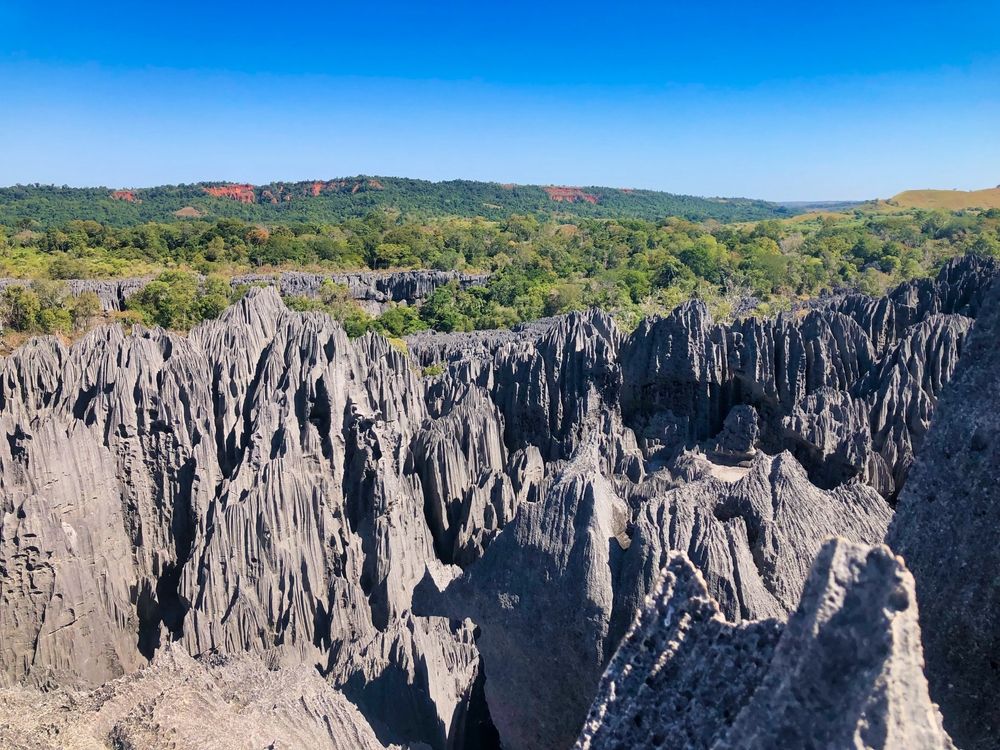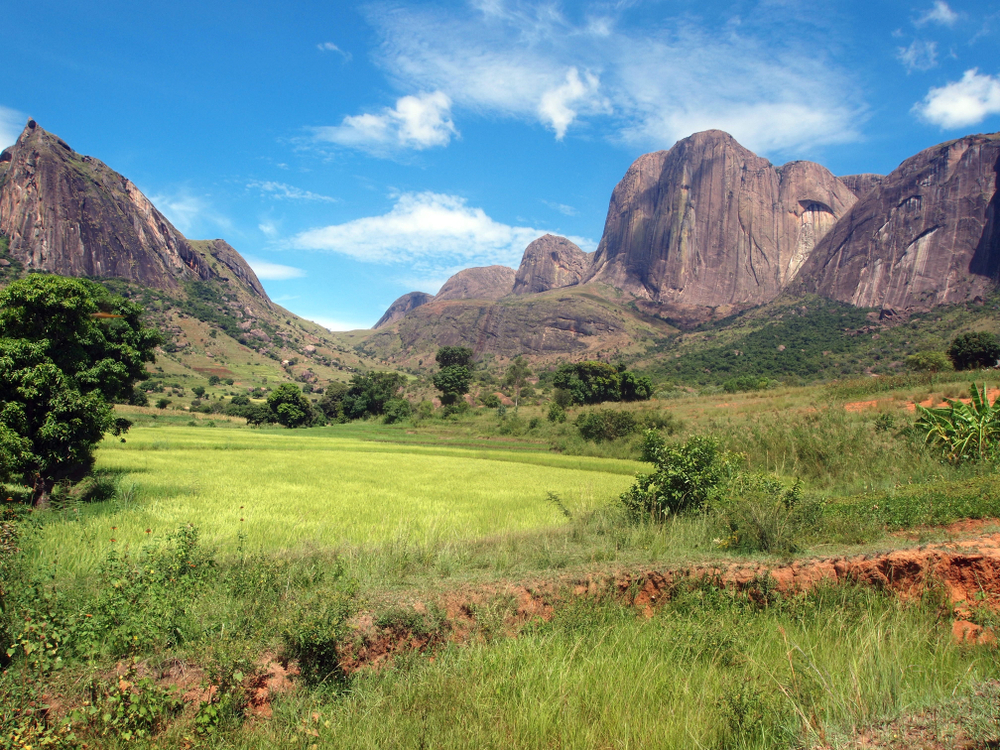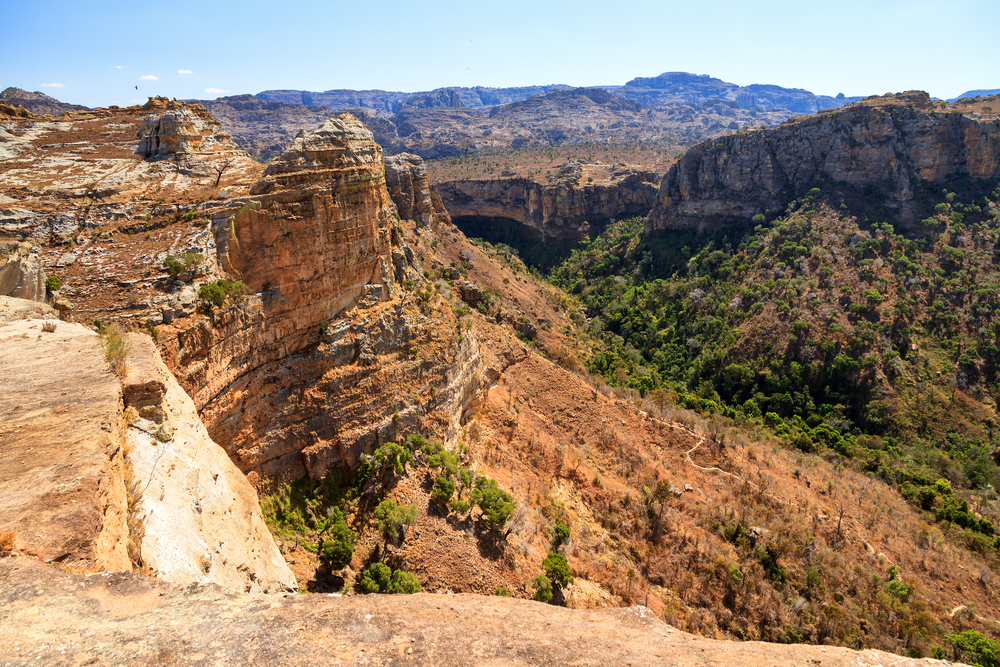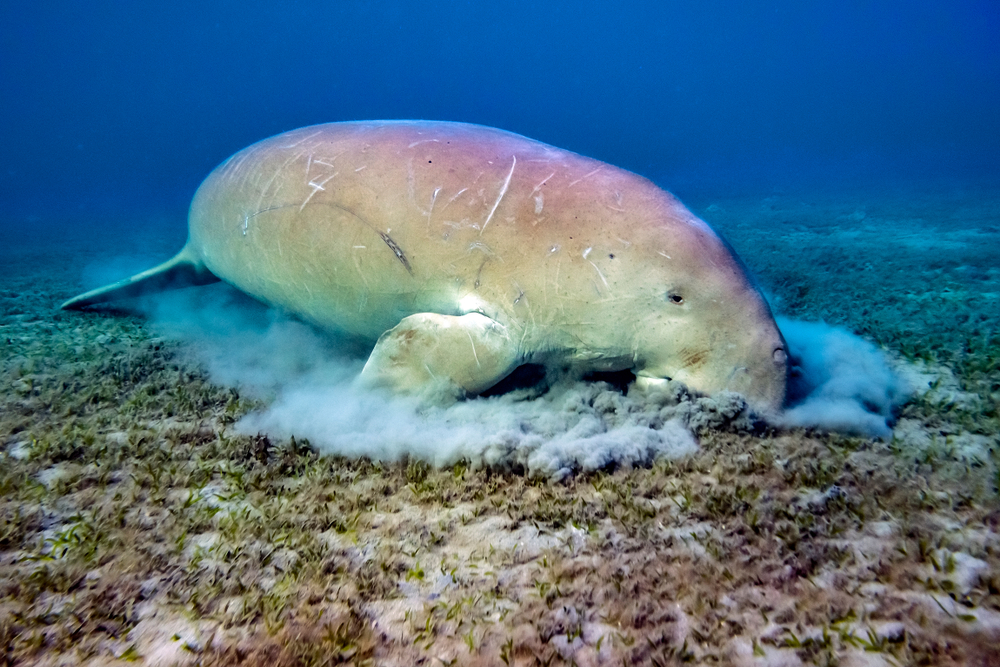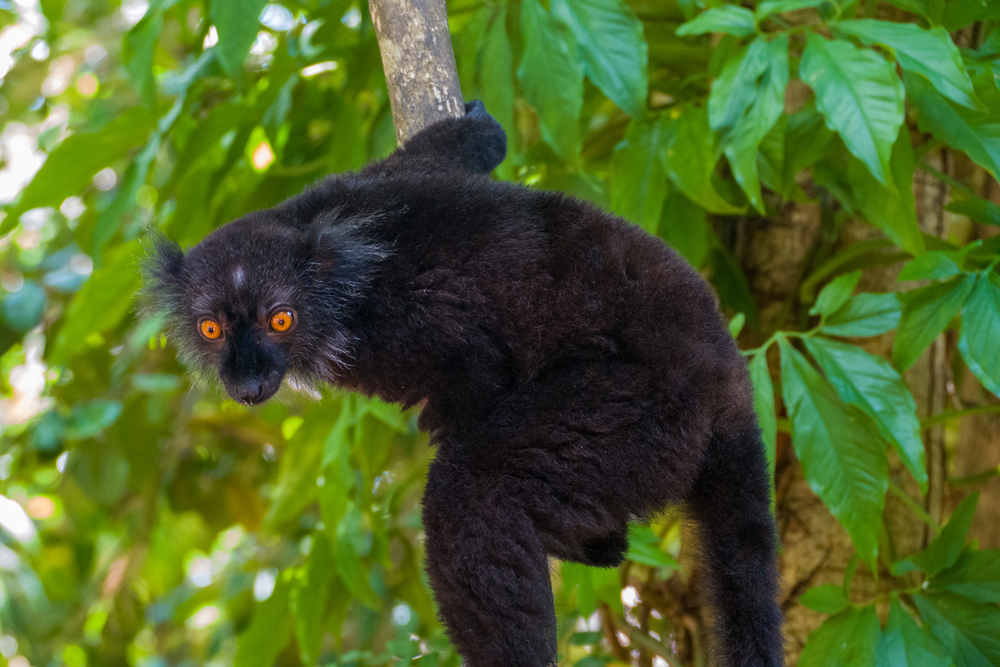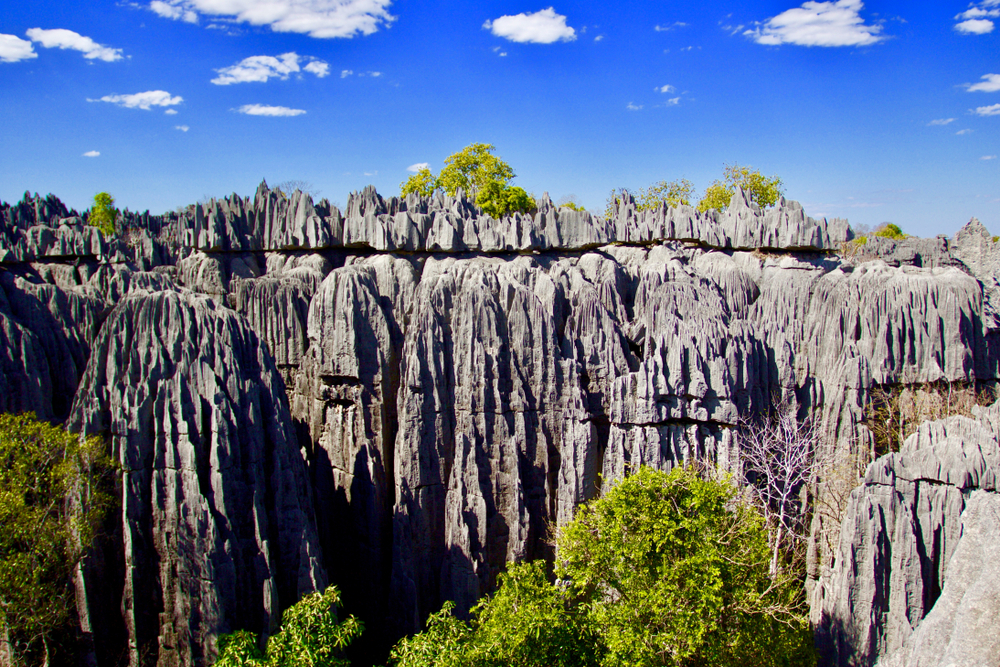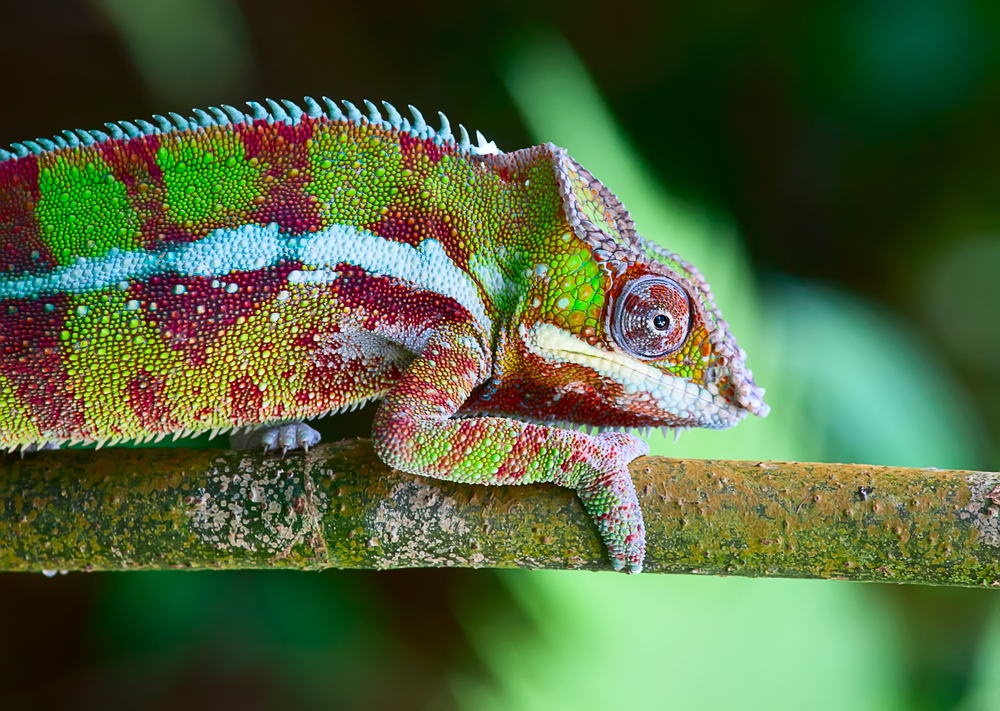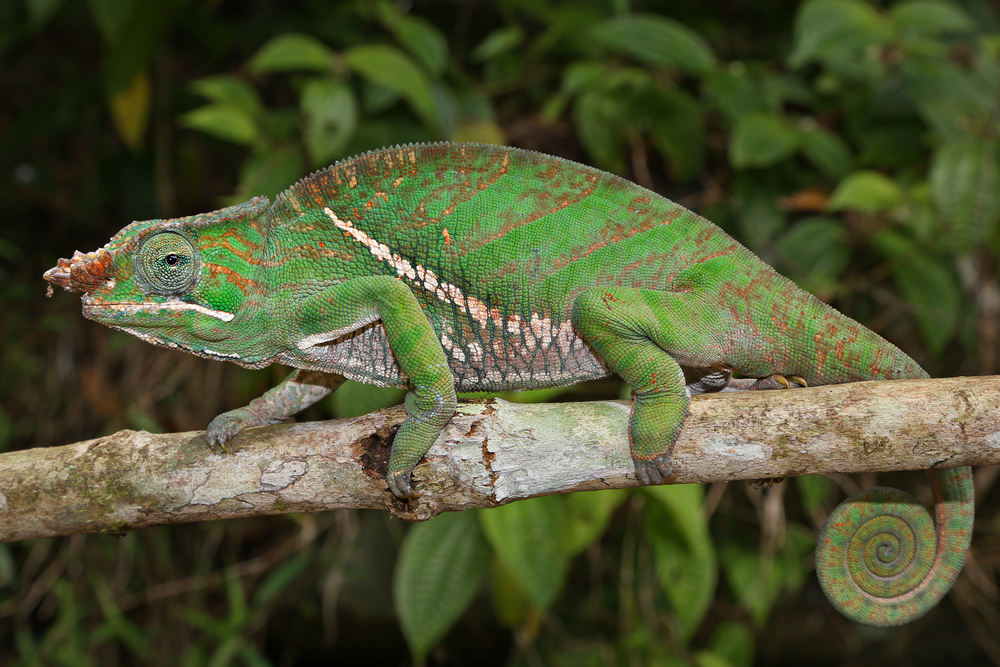Tsingy de Namoroka Overview
Tsingy de Namoroka National Park, locally known as “Parc National des Tsingy de Namoroka,” is a unique protected area in the Sofia region of northwestern Madagascar. Covering approximately 22,227 hectares (85 square miles), the park was established in 1966 to safeguard its extraordinary karst limestone formations, locally referred to as “Tsingy.” These jagged stone landscapes, along with the park’s dry forests and savannas, create a stunning yet fragile ecosystem that supports a wide range of endemic flora and fauna.
The park’s terrain is dominated by Tsingy, razor-sharp limestone pinnacles formed by millennia of erosion. These geological wonders are interspersed with deep canyons, caves, sinkholes, and underground rivers, creating a labyrinthine landscape that is both dramatic and challenging to navigate. Surrounding the Tsingy are patches of dry deciduous forests and open grasslands, which thrive in the park’s arid climate. Seasonal water systems further enhance the area’s ecological diversity, with small pools and streams forming vital habitats during the rainy season.
Tsingy de Namoroka National Park is home to an impressive array of wildlife, much of it endemic to Madagascar. The park shelters six species of lemurs, including Coquerel’s sifaka, the gray mouse lemur, and the western fat-tailed dwarf lemur. Bird enthusiasts can spot over 80 species, including the Madagascar fish eagle, crested coua, and white-breasted mesite. Reptiles such as leaf-tailed geckos, chameleons, and brightly colored frogs thrive in the crevices and caves of the Tsingy, while the park’s flora includes drought-resistant baobabs, orchids, and other unique plants adapted to its challenging environment.
Visitors to Tsingy de Namoroka National Park can engage in various activities that highlight its natural beauty. Guided treks through the Tsingy formations provide opportunities to explore caves, canyons, and scenic viewpoints. Wildlife observation tours allow visitors to spot lemurs, birds, and reptiles in their natural habitats. The park’s serene pools and waterfalls offer spots for relaxation and photography, while cultural interactions with local Sakalava communities provide insights into the area’s traditions and conservation efforts.
Despite its ecological significance, the park faces several challenges. Habitat destruction due to deforestation, agricultural encroachment, and poaching threatens its delicate ecosystems. Conservation efforts led by Madagascar National Parks, in collaboration with international and local partners, focus on habitat restoration, sustainable tourism, and community engagement. Environmental education programs play a crucial role in fostering awareness and encouraging sustainable practices among local residents and visitors.
Tsingy de Namoroka National Park is a testament to Madagascar’s unique natural heritage and geological wonders. Its dramatic landscapes, rare wildlife, and cultural significance make it a must-visit destination for eco-tourists and adventurers. Protecting this extraordinary park ensures the preservation of one of Madagascar’s most fascinating ecosystems for generations to come.








































































